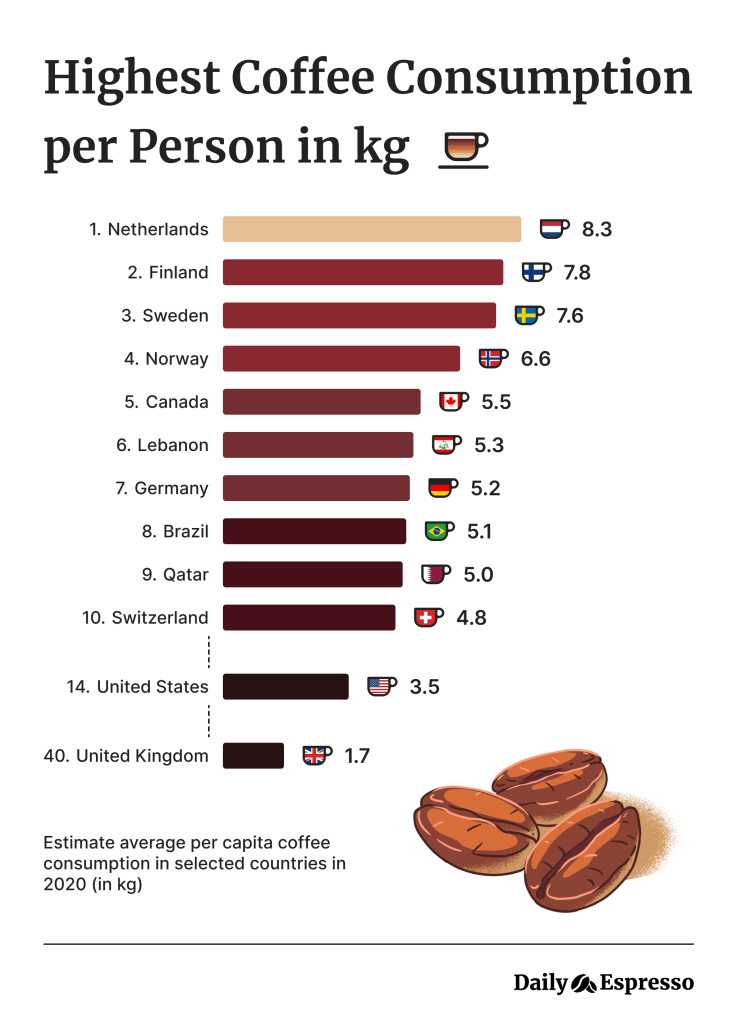
However, typically, you can expect about 105 milligrams of caffeine. And because it takes a bit of time to heat up, it might not be ideal for those in a hurry. The downside to this brewing method is that it's not very consistent - each pot can produce different levels of caffeine. It's made up of three chambers: one that holds the water, one where you place your ground beans and then a filter that separates them.Īfter it heats up on your cooktop, the water will be forced up and through the coffee grounds, making a rich espresso-like drink. This is one of the oldest coffee-brewing methods around, with its origins in Italy.Ī stovetop Moka Pot works by forcing water through the coffee at high pressure. Source: The Spruce Eats Stovetop Moka Pot However, this varies depending on the coffee bean and coffee machine you're using. You can make an espresso, instant coffee or drip coffee with this machine and enjoy some of the popular features that come along with it, such as a steaming wand.Īn espresso typically gives you about 50 milligrams of caffeine, drip coffee can provide you up to 200 milligrams, and instant coffee has about 62 milligrams of caffeine. The machine then heats up as it pumps hot water over an internal heating element before dripping out into a pot or cup below. In this method, hot water is placed in the reservoir and run through plastic tubing until it reaches the area where you put your filter. The coffee machine brewing method is perhaps the most popular choice, especially among those that want to create a large amount of coffee. Therefore, whether you're in a rush or just want a quick caffeine fix, the Aeropress is a great choice. The best part about this brewing method is that it takes only 60 seconds to make a cup of coffee. The Aeropress produces an espresso-like beverage that contains 50-70 milligrams of caffeine per cup. The process involves adding hot water to coffee grounds placed in a chamber, which is then sealed and forced through a filter with pressure. The Aeropress brewing method is a perfect choice for individuals that are always on the go. However, it's possible to have an even higher concentration of caffeine if you use finely ground coffee and piping hot water. It allows for maximum extraction of the coffee flavors as the water passes through the grounds.Ī typical cup of coffee made using this method gives 60 to 800 milligrams of caffeine. This brewing method works best with medium to finely ground coffee. The advantage of pour-over coffee is that you have more control over the brewing process, giving you better results and consistency.

Hot water is then poured over the grounds and allowed to drip through into a carafe or cup below. In both cases, the coffee grounds are placed in a paper filter that sits in a cone-shaped vessel.

The pour-over method is commonly known as the Chemex method.

There are two types of filter coffee: pour-over and dip coffee. However, you need to be careful not to steep the coffee beans for too long as it will result in bitter-tasting coffee. Consequently, the concentration of caffeine increases immensely. That's the highest caffeine level we have on this list.ĭue to the constant infusion of hot water in the French Press method, the flavours and compounds of the coffee grounds are extracted aggressively. A typical 4oz cup of coffee made through the French press method contains 80-100 milligrams of caffeine.

The French press brewing method is your surest bet if you're looking to make a strong cup of joe packed with caffeine.


 0 kommentar(er)
0 kommentar(er)
